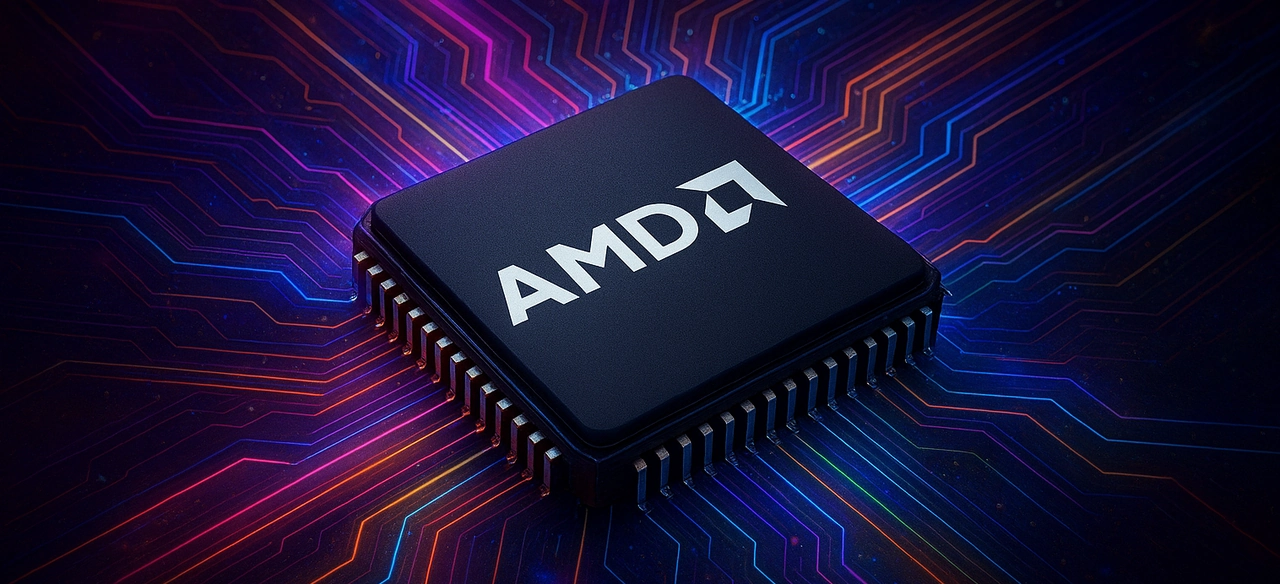Creating a PyTorch/TensorFlow code environment on AMD GPUs#

Goal: The machine learning ecosystem is quickly exploding and we aim to make porting to AMD GPUs simple with this series of machine learning blogposts.
Audience: Data scientists and machine learning practitioners, as well as software engineers who use PyTorch/TensorFlow on AMD GPUs. You can be new to machine learning, or experienced in using Nvidia GPUs.
Motivation: Because when starting a new machine learning project, you may notice that many existing codes on GitHub are almost always CUDA based. If you have AMD GPUs and follow their instructions on running the code, it often does not work. We provide steps, based on our experience, that can help you get a code environment working for your experiments and to manage working with CUDA-based code repositories on AMD GPUs.
Differentiator from existing online resources:
This is from a machine learning practitioner’s perspective, to guide you away from rabbit holes due to habits and preferences, such as using Jupyter Notebooks and pip install.
This is not to teach you how to install PyTorch/TensorFlow on ROCm because this step alone often times cannot lead to successfully running machine learning code.
This is not to teach you how to HIPify code, but instead, to let you know that sometimes you don’t even need that step.
As of today, this is the only documentation so far on the internet that has end-to-end instructions on how to create PyTorch/TensorFlow code environment on AMD GPUs.
The prerequisite is to have ROCm installed, follow the instructions here.
Install PyTorch or TensorFlow on ROCm#
This section very briefly covers how to install either PyTorch or TensorFlow:
Option 1. PyTorch#
We recommend following the instructions on the official ROCm PyTorch website.
Option 2. TensorFlow#
We recommend following the instructions on the official ROCm TensorFlow website.
Note: We also strongly recommend using Docker image with PyTorch or TensorFlow pre-installed. The reason is that if you create a virtual environment or conda environment, certain ROCm dependencies may not be properly installed. It can be non-trivial to install dependencies.
Note: You don’t need flag --gpus all to run docker on AMD GPUs.
Git clone the source code you want to run#
git clone –-recursive <https://github.com/project/repo.git>
Install library requirements based on the GitHub repository#
Skip the commands that create virtual environments or conda environments. They are usually in
machine_install.shorsetup.shfiles.Go directly to the library list and remove
torchandtensorflowsince these are CUDA-based by default. The docker containers should already have those libraries installed for ROCm. You can usually find the library list in requirements.txt.Run
pip3 install –r requirements.txtwhererequirements.txtcontains single lines with package names (and possibly package versions).
Run your code#
If you can run your code without problems, then you have successfully created a code environment on AMD GPUs!
If not, then it may be due to the additional packages in requirements.txt depending
on CUDA, which needs to be HIPified to run on AMD GPUs.
Obtain HIPified library source code#
Below are two options for HIPifying your code:
Option 1. Find existing HIPified library source code#
You can simply search online or on GitHub for “library_name” + “ROCm”. The HIPified code will pop up if it exists.
Since this step is not trivial, here is an example:
If you are trying to run large language model related code, you may need the library
bitsandbytes (see link).
Searching online for “bitsandbytes ROCm” you will find this fork which adds ROCm support with a HIP compilation target.
git clone https://github.com/agrocylo/bitsandbytes-rocm
cd bitsandbytes-rocm
export ROCM_HOME=/opt/rocm/
make hip -j
python3 setup.py install
Note: the installation location may have the version number such as /opt/rocm-5.5.0.
Option 2. HIPify code if necessary#
We recommend following the below tutorials for this option.
Commit changes to Docker Image#
Once you finish modifying the new Docker container following the first step (“Install PyTorch or TensorFlow on ROCm”), exit out:
exit
Prompt the system to display a list of launched containers and find the docker container ID:
docker ps -a
Create a new image by committing the changes:
docker commit [CONTAINER_ID] [new_image_name]
In conclusion, this article introduces key steps on how to create PyTorch/TensorFlow code environment on AMD GPUs. ROCm is a maturing ecosystem and more GitHub codes will eventually contain ROCm/HIPified ports. Future posts to AMD lab notes will discuss the specifics of porting from CUDA to HIP, as well guides to running popular community models from HuggingFace.
The author would like to thank Justin Chang, Rajat Arora, and Austin Ellis for their helpful reviews and suggestions. If you have any questions or comments, please reach out to us on GitHub Discussions